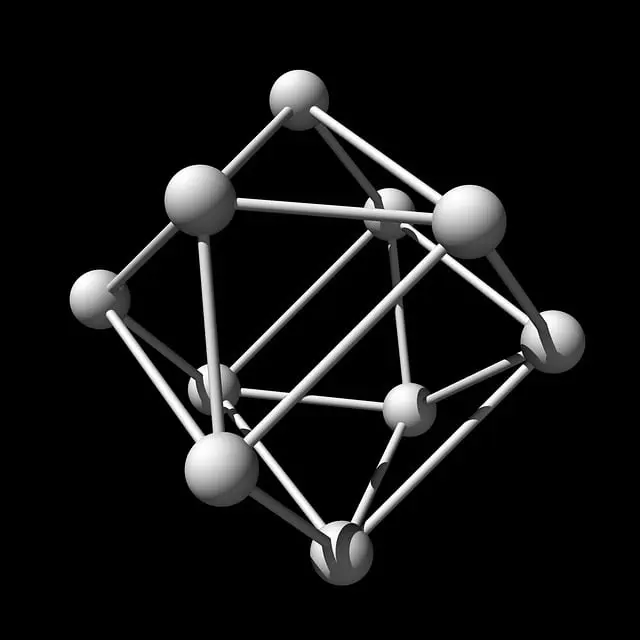Kratom, a Southeast Asian plant with active alkaloids mitragynine and 7-hydroxymitragynine, has been explored by athletes for its cognitive-enhancing effects and potential to improve mental clarity and focus. Its interaction with the brain's opioid receptors may offer benefits for athletic performance, providing an alternative to traditional stimulants without the jitteriness. However, athletes must be cautious of kratom skin discoloration, a noticeable side effect that can impact their appearance and psychological state. This condition, known as acanthosis nigricans, is generally not harmful but may concern athletes due to its visibility. It's important for athletes to consult healthcare professionals to assess the risks and benefits of kratom use, considering the substance's complex effects and varying legal status by region. Athletes should monitor their intake, being mindful of dosage and frequency, and maintain good personal hygiene to manage the condition. If discoloration occurs, it often fades after stopping kratom use, but persistent or concerning cases warrant medical evaluation. Maintaining a healthy lifestyle with regular exercise, a balanced diet, and proper skincare can also help mitigate the effects of kratom skin discoloration.
Exploring the intersection of natural supplements and athletic performance, this article delves into the potential benefits of kratom for enhancing mental clarity and focus in athletes. Known for its alkaloid profile, kratom may offer a distinct edge in concentration and mental endurance. While its impact on physical prowess is under scrutiny, the effects on cognitive faculties are gaining attention. However, it’s crucial for athletes to be aware of kratom skin discoloration, a side effect that has surfaced in some users, ensuring they approach its use with informed caution. This guide aims to clarify the role of kratom in performance enhancement and provide practical advice on managing potential side effects, ensuring athletes can make an educated decision about its inclusion in their regimen.
- Unveiling the Potential of Kratom for Athletic Mental Clarity and Focus
- Navigating Kratom's Role in Enhancing Performance and Concentration
- Addressing Kratom Skin Discoloration: A Guide for Athletes
Unveiling the Potential of Kratom for Athletic Mental Clarity and Focus

Kratom, a tropical evergreen tree native to Southeast Asia, has garnered attention within athletic communities for its potential cognitive-enhancing properties. The mitragynine and 7-hydroxymitragynine alkaloids found in kratom leaves have been studied for their role in elevating mental clarity and focus, which are crucial components for athletes seeking to optimize their performance. These compounds may interact with the brain’s opioid receptors, leading to a heightened state of awareness and concentration. Athletes often face intense training regimens and competitive pressures that can cloud judgment and decision-making; thus, kratom’s potential to sharpen focus could be a game-changer in maintaining peak mental performance.
However, it is imperative to approach the use of kratom with caution due to its complex effects on the body and mind. While there is promising evidence on its cognitive benefits, athletes must also consider the potential for side effects, including skin discoloration known as ‘kratom acne,’ which can impact an athlete’s physical appearance and self-esteem. The long-term use of kratom should be carefully considered, with a focus on regulated dosing and oversight by healthcare professionals to mitigate risks and ensure that the pursuit of mental clarity does not compromise overall health. Understanding both the potential benefits and adverse effects is crucial for athletes considering incorporating kratom into their wellness routine.
Navigating Kratom's Role in Enhancing Performance and Concentration

Kratom, a tropical evergreen tree native to Southeast Asia, has garnered attention within athletic communities for its potential impact on performance and concentration. The active compounds found in kratom leaves, known as mitragynine and 7-hydroxymitragynine, are believed to influence the brain’s opioid receptors, which may enhance focus and stamina during training or competition. Athletes seeking natural alternatives to caffeine or other stimulants often explore kratom for its energizing effects without the jittery side effects associated with traditional stimulants. However, it is crucial for athletes to approach kratom consumption with caution due to its potential for impacting performance and its association with skin discoloration, a condition known as acanthosis nigricans, which may affect their appearance and self-confidence. This condition, while not directly harmful, can be unsightly and may affect an athlete’s psychological state, potentially impacting their overall performance. It is essential for athletes to consult with healthcare professionals before incorporating kratom into their regimen, ensuring that they fully understand the potential benefits as well as the risks associated with its use. Moreover, the regulatory status of kratom varies by region, and its legality should be carefully considered within the context of sporting regulations and anti-doping policies. Athletes must navigate these complexities to make informed decisions about using kratom to enhance their mental clarity and focus, always balancing the pursuit of peak performance with the importance of health and wellbeing.
Addressing Kratom Skin Discoloration: A Guide for Athletes

Athlete engagement with kratom, a botanical supplement traditionally used for its stimulant and pain-relieving properties, has become more prevalent. While its effects on performance and recovery are subjects of ongoing research, athletes must also be aware of potential side effects. One such occurrence is kratom skin discoloration, which can manifest as yellow, green, or brown staining on the skin. This phenomenon is not harmful but can be visually noticeable and may affect an athlete’s self-image and performance psychology. Understanding the causes behind kratom skin discoloration is crucial for athletes who use this supplement to manage their training regimens and competitive demands. The discoloration results from the interaction of kratom’s active compounds with skin pigments, which can be influenced by factors such as dosage, frequency of use, individual skin sensitivity, and the specific strains of kratom consumed.
To mitigate kratom skin discoloration, athletes should consider several preventive measures. Firstly, it is advisable to monitor intake and be mindful of how the body reacts to different dosages and types of kratom. Consistent use at lower doses may reduce the likelihood of discoloration. Additionally, maintaining good personal hygiene can help manage skin health. If discoloration does occur, it is often self-limiting and will fade over time once kratom use is ceased. However, for persistent or concerning cases, seeking advice from a healthcare professional or dermatologist is recommended. They can provide guidance on effective treatment options and ensure that the discoloration is not indicative of a more serious underlying condition. Regular exercise, a balanced diet, and proper skin care can also support overall skin health and help manage the appearance of discoloration associated with kratom use.
In conclusion, the use of kratom as a means to enhance mental clarity and focus in athletes has shown promising potential. By carefully considering its role in performance and concentration, athletes can harness its benefits effectively while ensuring they adhere to guidelines for responsible consumption. Additionally, addressing issues such as kratom skin discoloration is crucial for maintaining both physical appearance and overall well-being, which are integral aspects of an athlete’s lifestyle. Prospective users should approach kratom with a thorough understanding of its effects and seek advice from healthcare professionals before incorporating it into their regimen. With responsible use and proper oversight, kratom may serve as a valuable tool for athletes striving to optimize their mental game and achieve peak performance.






